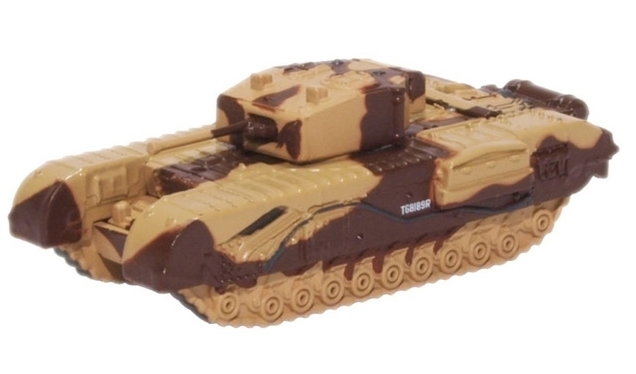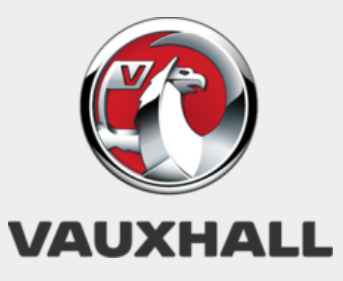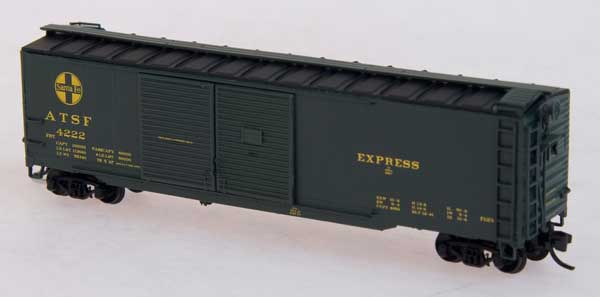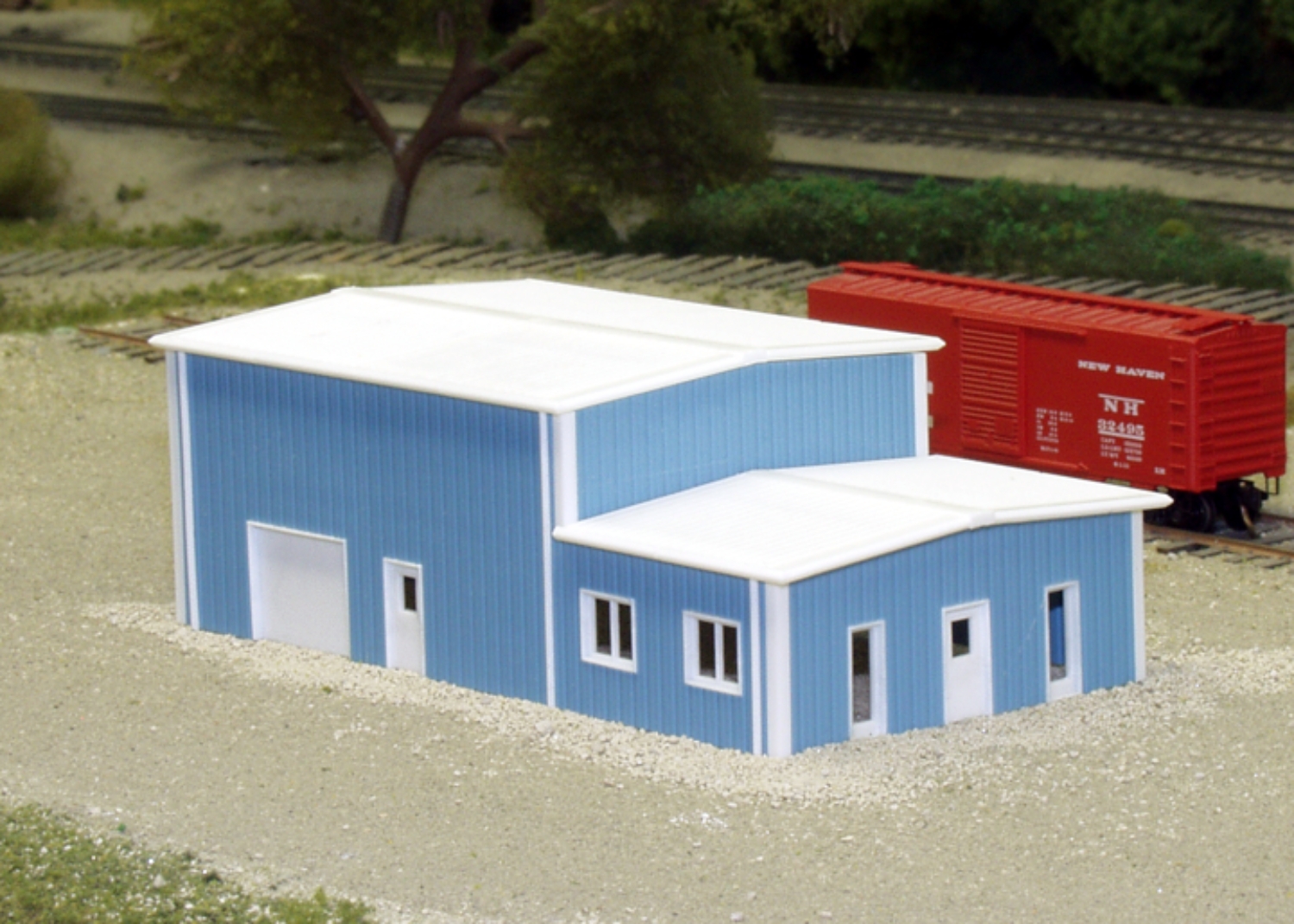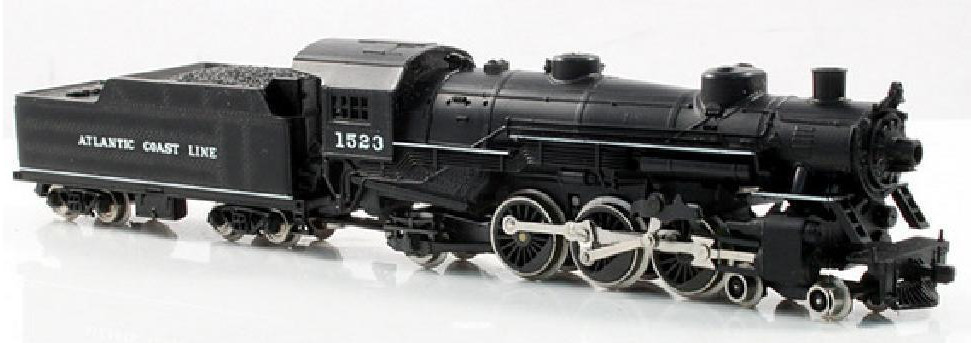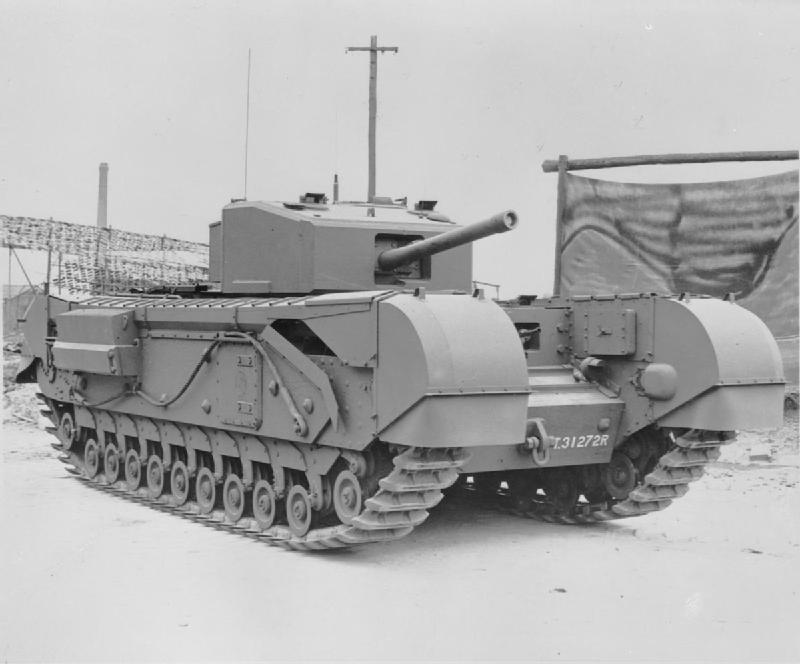Specific Item Information: The WWII Churchill Tank, that of Kingforce 'Major King', one of the tanks deployed at El Alamein, appearing in its brown/beige desert camouflage scheme.
Prototype History: The Tank, Infantry, Mk IV (A22) Churchill was a British heavy infantry tank used in the Second World War, best known for its heavy armour, large longitudinal chassis with all-around tracks with multiple bogies, its ability to climb steep slopes, and its use as the basis of many specialist vehicles. It was one of the heaviest Allied tanks of the war.
The origins of the Churchill's design lay in the expectation that war in Europe might well be fought in conditions similar to those of the First World War, and thus emphasised the ability to cross difficult ground. The Churchill was hurried into production in order to build up British defences against a possible German invasion. The first vehicles had flaws that had to be overcome before the Churchill was accepted for wide use. After several Marks (versions) had been built, a better-armoured specification, the Mark VII, entered service with the British Army. The improved versions performed well in the later stages of the war
The Churchill was used by British and other Commonwealth forces during the North African, Italian and North-West Europe campaigns. In addition, 344 Churchills were sent as military aid to the Soviet Union during the Second World War and more than 250 saw active service on the Eastern Front.
The origins of the Churchill's design lay in the expectation that war in Europe might well be fought in conditions similar to those of the First World War, and thus emphasised the ability to cross difficult ground. The Churchill was hurried into production in order to build up British defences against a possible German invasion. The first vehicles had flaws that had to be overcome before the Churchill was accepted for wide use. After several Marks (versions) had been built, a better-armoured specification, the Mark VII, entered service with the British Army. The improved versions performed well in the later stages of the war
The Churchill was used by British and other Commonwealth forces during the North African, Italian and North-West Europe campaigns. In addition, 344 Churchills were sent as military aid to the Soviet Union during the Second World War and more than 250 saw active service on the Eastern Front.
Road Name History: 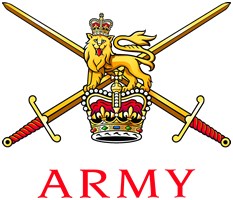 The British Army is the principal land warfare force of the United Kingdom, a part of British Armed Forces. As of 2019, the British Army comprises just over 79,300 trained regular (full-time) personnel and just over 27,200 trained reserve (part-time) personnel.
The British Army is the principal land warfare force of the United Kingdom, a part of British Armed Forces. As of 2019, the British Army comprises just over 79,300 trained regular (full-time) personnel and just over 27,200 trained reserve (part-time) personnel.
The modern British Army traces back to 1707, with an antecedent in the English Army that was created during the Restoration in 1660. The term British Army was adopted in 1707 after the Acts of Union between England and Scotland. Members of the British Army swear allegiance to the monarch as their commander-in-chief, but the Bill of Rights of 1689 requires parliamentary consent for the Crown to maintain a peacetime standing army. Therefore, Parliament approves the army by passing an Armed Forces Act at least once every five years. The army is administered by the Ministry of Defence and commanded by the Chief of the General Staff.
The British Army has seen action in major wars between the world's great powers, including the Seven Years' War, the Napoleonic Wars, the Crimean War and the First and Second World Wars. Britain's victories in these decisive wars allowed it to influence world events and establish itself as one of the world's leading military and economic powers. Since the end of the Cold War, the British Army has been deployed to a number of conflict zones, often as part of an expeditionary force, a coalition force or part of a United Nations peacekeeping operation.

The modern British Army traces back to 1707, with an antecedent in the English Army that was created during the Restoration in 1660. The term British Army was adopted in 1707 after the Acts of Union between England and Scotland. Members of the British Army swear allegiance to the monarch as their commander-in-chief, but the Bill of Rights of 1689 requires parliamentary consent for the Crown to maintain a peacetime standing army. Therefore, Parliament approves the army by passing an Armed Forces Act at least once every five years. The army is administered by the Ministry of Defence and commanded by the Chief of the General Staff.
The British Army has seen action in major wars between the world's great powers, including the Seven Years' War, the Napoleonic Wars, the Crimean War and the First and Second World Wars. Britain's victories in these decisive wars allowed it to influence world events and establish itself as one of the world's leading military and economic powers. Since the end of the Cold War, the British Army has been deployed to a number of conflict zones, often as part of an expeditionary force, a coalition force or part of a United Nations peacekeeping operation.
Manufacturer Information: Established in 1993, Oxford Diecast is a British Company that specializes in high-quality die-cast metal vehicles. Produced in various scales, the firm's models are marketed as collector items, gifts, and promotional products. Their largest production goes to OO scale (1:76) and in 2015 they introduced railway products under 'Oxford Rail' brand.
Their N-scale collection is using the 1:148 scale ratio as most British manufacturers.
Their N-scale collection is using the 1:148 scale ratio as most British manufacturers.
Item created by: gdm on 2018-02-12 21:11:25. Last edited by gdm on 2021-07-23 10:01:54
If you see errors or missing data in this entry, please feel free to log in and edit it. Anyone with a Gmail account can log in instantly.
If you see errors or missing data in this entry, please feel free to log in and edit it. Anyone with a Gmail account can log in instantly.


